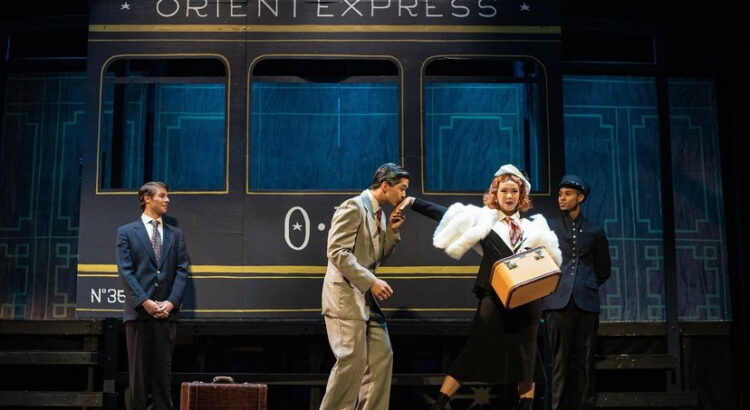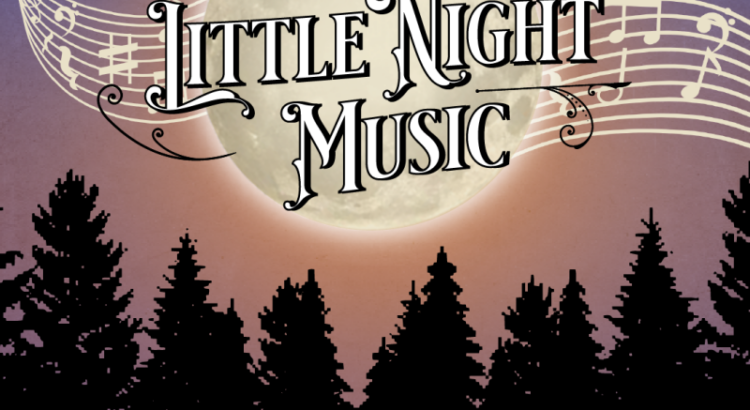Photos are provided by Peter Smith Photography
On the night of November 21st, my friend and I walked out of the Lydia Mendelssohn Theatre in a passionate discussion about the SMTD performance of John Proctor Is the Villain, a comedy-drama written by Kimberly Belflower. Going in, I was intrigued by the play’s premise and curious about how it would intertwine the themes of The Crucible—a play written by U-M grad Arthur Miller—with contemporary issues.
John Proctor Is the Villain takes place at Helen County High, the only high school in a small town in Georgia. Set in 2018, when the #MeToo movement on social media gained attention, the story follows a group of high school juniors during their spring semester (coincidentally, I was also a junior in high school then). Most scenes occur in the classroom of Carter Smith, a young, charismatic, and popular teacher. Although Mr. Smith’s class is small, his students embody the archetypes of nerdy, sporty, chic, and emo characters you would expect to find in a larger high school. As Mr. Smith and his students read The Crucible, they begin to discuss John Proctor, who, despite being an adulterer, enjoys a good reputation and is praised as a hero. At the same time, a group of girls formed a club to explore what feminism exactly means and how to be a feminist.
Though it starts lightheartedly, this production dives headfirst into heavy themes, including racist and sexist language, depictions of violence, and abusive relationships. At its core, the play is a commentary on sexual assault, highlighting how it remains a pervasive issue that is too often dismissed or ignored. As the plot thickens, the shifting dynamics reveal the profound disparities and emotional toll that sexual assault takes on both victims and those connected to them. The play explores a range of complex emotions—confusion, disbelief, embarrassment, anger, sadness, and more—all of which feel raw and deeply human. As I watched from the audience, the character development prompted me to reflect on my past relationships, experiences, and vulnerabilities.
The actors’ accurate portrayals of these complexities made the performance even more impactful and thought-provoking. Their depiction of messy teenage friendships—fraught with reluctance and miscommunication—felt incredibly realistic. Through desperate and hesitant tones in their voices and insecure body language, they authentically captured the essence of adolescence. Student actor Hugh Finnigan embodied Mr. Smith’s charismatic persona so convincingly that, from the beginning, I gravitated toward his character. His confidence and mannerisms fondly reminded me of my favorite high school teachers.
The production’s minimal set design—consisting solely of school desks and a blackboard—underscored the idea that no environment, no matter how safe or familiar it seems, is immune to the threat of sexual assault and harassment. The costumes and makeup reflected each character’s stereotypical personality, but by the end of the play, teach us not to judge a book by its cover. Finally, the dance-break transitions between scenes became a powerful visual metaphor for resilience, symbolizing the characters’ capacity to reclaim power and persevere.
John Proctor Is the Villain delivered a surreal and eye-opening experience, culminating in an ending that felt chilling, uplifting, shocking, and awe-inspiring all at once. Moments that initially seemed surface-level gained significant weight as the characters displayed profound growth and emotional depth. By analyzing their behavior, reactions, and capacity for trust, the play sheds light on how people navigate societal pressures and personal challenges.
As my friend and I left the theatre, we found ourselves discussing how societal norms shape the assumptions we make about people in our everyday lives and how dangerous these assumptions can be in perpetuating harmful power structures. This production left an indelible impression, and I would highly recommend it to anyone seeking a thoughtful and emotionally resonant theatrical experience.











